Home>Gardening & Outdoor>Landscaping Ideas>How To Revive Ornamental Grass
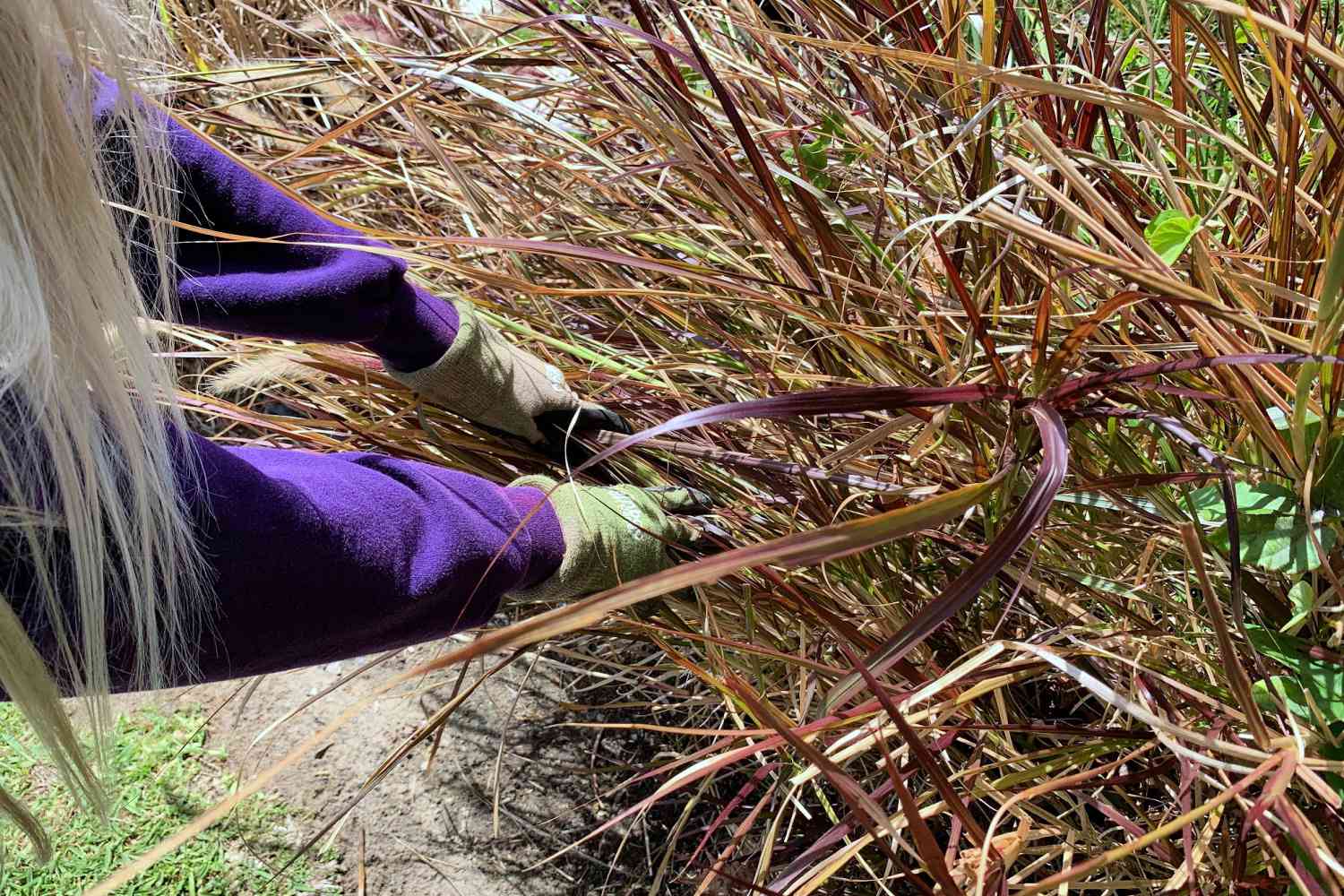

Landscaping Ideas
How To Revive Ornamental Grass
Modified: February 18, 2024
Learn how to revive ornamental grass and enhance your landscaping with our expert tips and ideas. Transform your outdoor space with our landscaping ideas.
(Many of the links in this article redirect to a specific reviewed product. Your purchase of these products through affiliate links helps to generate commission for Storables.com, at no extra cost. Learn more)
Introduction
Read more: How To Revive Dried Grass
Introduction
Welcome to the wonderful world of ornamental grass! If you're looking to breathe new life into your outdoor space, ornamental grass can be the perfect solution. These versatile and visually appealing plants come in a wide variety of colors, textures, and sizes, making them a fantastic addition to any landscape. Whether you're aiming to create a serene, nature-inspired oasis or add a pop of visual interest to your garden, ornamental grass can be the perfect choice.
In this comprehensive guide, we'll explore everything you need to know about reviving and maintaining ornamental grass. From understanding the different types of ornamental grass to mastering the art of pruning, watering, and dealing with pests, you'll gain valuable insights to help your grass thrive. We'll also delve into the crucial factors to consider when choosing the right grass for your specific climate, ensuring that your landscaping efforts yield beautiful and sustainable results.
So, whether you're a seasoned gardener or a novice enthusiast, join us on this journey to unlock the secrets of ornamental grass care and revitalization. Get ready to roll up your sleeves, connect with nature, and transform your outdoor space into a breathtaking haven of natural beauty. Let's dive in and discover the art of reviving ornamental grass!
Key Takeaways:
- Ornamental grasses add texture and visual interest to landscapes. Understanding their types, climate suitability, and care practices is crucial for creating vibrant, resilient outdoor spaces.
- Reviving ornamental grass involves pruning, watering, and addressing pests and diseases. Patience, attentiveness, and a nurturing touch are essential for restoring their natural beauty and vitality.
Understanding Ornamental Grass
Before delving into the specifics of reviving ornamental grass, it’s essential to develop a deep understanding of these unique plants. Ornamental grasses are prized for their ornamental value, adding texture, movement, and visual interest to landscapes. They come in a diverse range of sizes, shapes, and colors, offering endless possibilities for creative landscaping.
One of the key appeals of ornamental grass is its low-maintenance nature. Once established, these grasses typically require minimal care, making them an ideal choice for busy homeowners or those seeking a fuss-free landscaping option. Their resilience and adaptability to various soil types and conditions further contribute to their popularity.
Ornamental grasses can be broadly categorized into two main types: cool-season grasses and warm-season grasses. Cool-season grasses, such as fescue and blue oat grass, thrive in cooler temperatures and often retain their vibrant color throughout the winter. On the other hand, warm-season grasses, including switchgrass and fountain grass, flourish in the heat of summer, showcasing their peak growth and color during this time.
These grasses can serve a multitude of purposes in a landscape, from creating natural privacy screens to adding soft, billowing movement to garden beds. Additionally, their ability to thrive in various light conditions, from full sun to partial shade, makes them incredibly versatile and adaptable to different environments.
Understanding the unique characteristics and growth habits of ornamental grass is crucial for effectively reviving and maintaining them. By familiarizing yourself with the specific needs and attributes of the grasses in your landscape, you can tailor your care practices to ensure their optimal health and vitality.
Choosing the Right Grass for Your Climate
When it comes to selecting ornamental grass for your landscape, considering your local climate is paramount. Different grass species exhibit varying levels of tolerance to temperature extremes, sunlight, and moisture, making it essential to choose those best suited to your specific climate.
Start by researching the hardiness zones in your region to determine the average minimum winter temperatures. This information will guide you in selecting grass species that can thrive in your local climate without succumbing to cold-induced damage. For example, if you reside in a region with harsh winters, opt for cool-season grasses that can withstand frost and snow, such as feather reed grass (Calamagrostis) or blue fescue (Festuca glauca).
Conversely, if you experience scorching summers, prioritize warm-season grasses known for their heat tolerance and ability to maintain their lush appearance in high temperatures. Examples of such grasses include maiden grass (Miscanthus sinensis) and zebra grass (Miscanthus sinensis ‘Zebrinus’).
Consider the sunlight exposure in your landscape when selecting ornamental grass varieties. Some species, like little bluestem (Schizachyrium scoparium) and switchgrass (Panicum virgatum), thrive in full sun, while others, such as tufted hair grass (Deschampsia cespitosa) and Japanese forest grass (Hakonechloa macra), prefer partial shade. By aligning your grass choices with the sunlight conditions in your garden, you can ensure their successful establishment and sustained growth.
Another crucial factor to evaluate is the moisture levels in your area. If you live in a region with consistently moist soil, consider moisture-loving grasses like northern sea oats (Chasmanthium latifolium) or tufted hair grass. On the other hand, if your location experiences periodic drought, prioritize drought-tolerant species such as blue fescue or fountain grass (Pennisetum setaceum).
By carefully matching the ornamental grass species to your climate’s unique characteristics, you can set the stage for thriving, resilient landscapes that exude natural beauty throughout the year.
Pruning and Trimming
Effective pruning and trimming practices are essential for maintaining the health, appearance, and longevity of ornamental grasses. While these plants are renowned for their low-maintenance nature, periodic pruning is crucial to ensure their continued vigor and visual appeal.
The ideal time to prune ornamental grasses largely depends on their specific growth habits and the climate in which they thrive. For cool-season grasses, early spring, just before the new growth emerges, is the optimal time for pruning. On the other hand, warm-season grasses benefit from pruning in late winter or early spring before the onset of new growth.
When pruning ornamental grasses, aim to remove the previous year’s growth, which may appear brown, tattered, or flattened. Using sharp, clean shears or hedge trimmers, cut the grass back to a height of 2 to 4 inches above the ground. This rejuvenation pruning technique encourages fresh, healthy growth and prevents the accumulation of dead foliage, promoting improved air circulation and reducing the risk of disease.
Some ornamental grasses, such as certain varieties of miscanthus and calamagrostis, benefit from a more severe approach known as “scalping.” This involves cutting the grass back to just a few inches above the ground to stimulate robust regrowth and prevent the center of the clump from becoming woody and unproductive.
While pruning, exercise caution to avoid damaging the emerging green shoots at the base of the grass, as these are vital for the plant’s rejuvenation. Additionally, consider wearing gloves and long sleeves to protect your skin from potential sharp edges and grass blades.
Regular trimming throughout the growing season can also help maintain the neat, tidy appearance of ornamental grasses. If you notice any unsightly or damaged foliage, simply trim it back to enhance the overall aesthetic appeal of the plants.
By mastering the art of timely and meticulous pruning and trimming, you can ensure that your ornamental grasses remain vibrant, healthy, and visually striking, enriching your landscape with their graceful presence.
Read more: How To Revive Burnt Grass
Watering and Fertilizing
Proper watering and fertilizing practices are vital components of nurturing healthy and robust ornamental grasses. By understanding the specific moisture and nutrient requirements of these plants, you can create an optimal environment for their growth and vitality.
When it comes to watering ornamental grasses, striking a balance is key. While these plants are generally resilient and drought-tolerant once established, they benefit from consistent moisture, especially during their initial growth phase. After planting or dividing ornamental grasses, provide ample water to facilitate their root establishment. Once established, these grasses typically require minimal supplemental watering, relying on natural rainfall to meet their moisture needs.
During periods of prolonged drought or extreme heat, it’s advisable to water ornamental grasses deeply but infrequently. This encourages the development of deep, robust root systems, enhancing the plants’ resilience to dry conditions. To achieve this, water the grasses thoroughly, allowing the soil to dry out between watering sessions to prevent waterlogged conditions that can lead to root rot.
When it comes to fertilizing ornamental grasses, a light touch is often sufficient. These plants generally thrive in moderately fertile soil and may not require frequent or heavy fertilization. In fact, excessive fertilization can lead to overly lush growth, compromising the plants’ natural form and structural integrity.
Consider applying a balanced, slow-release fertilizer in early spring as the new growth emerges. This gentle boost of nutrients can support the grasses’ initial growth spurt without promoting excessive, rapid expansion. Alternatively, incorporating organic matter, such as compost or well-rotted manure, into the soil around the base of the grasses can provide a natural source of nourishment, promoting healthy growth and vitality.
By adopting a mindful approach to watering and fertilizing, you can support the long-term health and beauty of your ornamental grasses while minimizing the risk of overwatering or overfeeding, which can compromise their natural resilience and aesthetic appeal.
To revive ornamental grass, cut back the dead foliage in early spring before new growth appears. Divide the clumps if they are overcrowded, and fertilize with a balanced slow-release fertilizer to promote healthy growth.
Dealing with Pests and Diseases
While ornamental grasses are generally resilient and low-maintenance, they can occasionally fall victim to pests and diseases that affect their health and appearance. By familiarizing yourself with common issues and implementing proactive measures, you can safeguard your grasses against potential threats and ensure their continued vitality.
One of the most prevalent pests that may target ornamental grasses is the aphid. These tiny, sap-sucking insects can distort the grass blades and cause stunted growth. To deter aphids, consider introducing natural predators such as ladybugs or lacewings to your garden, as they can help keep aphid populations in check. Additionally, spraying a gentle solution of water and mild liquid soap on the affected grasses can effectively discourage aphids without harming the plants.
Grass mites, another common pest, can cause discoloration and stippling on the grass blades. To mitigate their impact, ensure that the grasses receive adequate airflow and avoid overcrowding, as mites thrive in dense, humid environments. If necessary, consider using horticultural oil or insecticidal soap to manage grass mite infestations, following the product instructions carefully to minimize any potential harm to beneficial insects.
When it comes to diseases, ornamental grasses can be susceptible to fungal issues such as rust and leaf spot. These diseases often manifest as discolored patches, lesions, or powdery coatings on the grass blades. To prevent fungal infections, ensure that the grasses are planted in well-draining soil and avoid overhead watering, as excess moisture can create favorable conditions for fungal growth. If signs of fungal disease appear, promptly remove and dispose of the affected foliage to prevent the spread of spores.
Regularly inspecting your ornamental grasses for signs of pest infestations or disease symptoms is crucial for early detection and intervention. By maintaining a clean, well-ventilated garden environment and promptly addressing any issues that arise, you can minimize the impact of pests and diseases on your grasses, allowing them to thrive and flourish in a healthy, vibrant state.
Reviving Overgrown or Damaged Grass
Over time, ornamental grasses may become overgrown, lose their shape, or exhibit signs of damage, requiring intervention to restore their vitality and visual appeal. Whether your grasses have become unruly and congested or have suffered from environmental stress, implementing targeted revival techniques can rejuvenate them and revitalize your landscape.
For overgrown grasses that have lost their natural form and aesthetic appeal, the process of division and rejuvenation can work wonders. Begin by carefully digging up the entire clump of grass, taking care to preserve as much of the root system as possible. Once the clump is lifted, use a sharp spade or knife to divide it into smaller sections, ensuring that each division contains healthy roots and foliage. Replant these divisions in prepared soil, spacing them appropriately to allow for renewed growth and ample airflow.
After dividing the overgrown grasses, provide them with thorough watering and minimal disturbance to facilitate their recovery and establishment. Over time, the rejuvenated divisions will develop into robust, well-defined clumps, restoring the grace and balance of your landscape with their revitalized presence.
If your ornamental grasses have suffered damage from extreme weather, pests, or diseases, it’s crucial to assess the extent of the issue and take targeted remedial action. Trim back any damaged or unsightly foliage, cutting the grasses to a height that encourages fresh growth while maintaining their natural shape. Removing the affected foliage can also prevent the spread of diseases and enhance the overall appearance of the plants.
Following the trimming, provide the grasses with appropriate care, including sufficient moisture and, if necessary, gentle fertilization to support their recovery. By monitoring their progress and providing attentive maintenance, you can help the damaged grasses bounce back, regaining their strength and vigor.
Ultimately, the process of reviving overgrown or damaged ornamental grasses requires patience, attentiveness, and a nurturing touch. By implementing strategic interventions and providing the necessary support, you can breathe new life into your grasses, restoring their natural beauty and enriching your outdoor space with their renewed vitality.
Conclusion
Congratulations on embarking on the enriching journey of nurturing and reviving ornamental grasses! By delving into the intricacies of these versatile plants and mastering the art of care and maintenance, you have unlocked the potential to transform your outdoor space into a captivating haven of natural beauty.
Throughout this comprehensive guide, we’ve explored the fundamental aspects of understanding, selecting, and revitalizing ornamental grasses. From the diverse characteristics of cool-season and warm-season grasses to the crucial considerations of climate suitability, we’ve laid the foundation for making informed choices that align with your landscape’s unique needs.
By delving into the nuances of pruning, watering, fertilizing, and addressing potential pests and diseases, you’ve gained valuable insights into nurturing healthy, resilient grasses that radiate vitality and visual appeal. Whether it’s the art of rejuvenating overgrown clumps or tending to damaged foliage, your newfound knowledge empowers you to orchestrate the revival of your grasses with confidence and skill.
As you apply these insights to your own gardening endeavors, remember that patience, attentiveness, and a genuine connection with nature are the cornerstones of successful ornamental grass care. Embrace the opportunity to observe the subtle nuances of growth, the gentle sway of grass blades in the breeze, and the evolving tapestry of colors and textures that these plants weave into your landscape.
With each deliberate act of care and each moment spent tending to your grasses, you contribute to the harmonious balance of your outdoor environment, creating a sanctuary where nature thrives and beauty flourishes. Your dedication to nurturing ornamental grasses not only elevates the visual allure of your surroundings but also fosters a deeper connection with the natural world, enriching your life in profound and meaningful ways.
So, as you embark on this journey of revitalizing and maintaining ornamental grasses, may your efforts be rewarded with flourishing, vibrant landscapes that inspire and delight. Embrace the transformative power of nature, and let the graceful presence of ornamental grasses infuse your outdoor sanctuary with enduring beauty and tranquility.
Happy gardening, and may your landscapes bloom with the timeless allure of ornamental grasses!
Frequently Asked Questions about How To Revive Ornamental Grass
Was this page helpful?
At Storables.com, we guarantee accurate and reliable information. Our content, validated by Expert Board Contributors, is crafted following stringent Editorial Policies. We're committed to providing you with well-researched, expert-backed insights for all your informational needs.
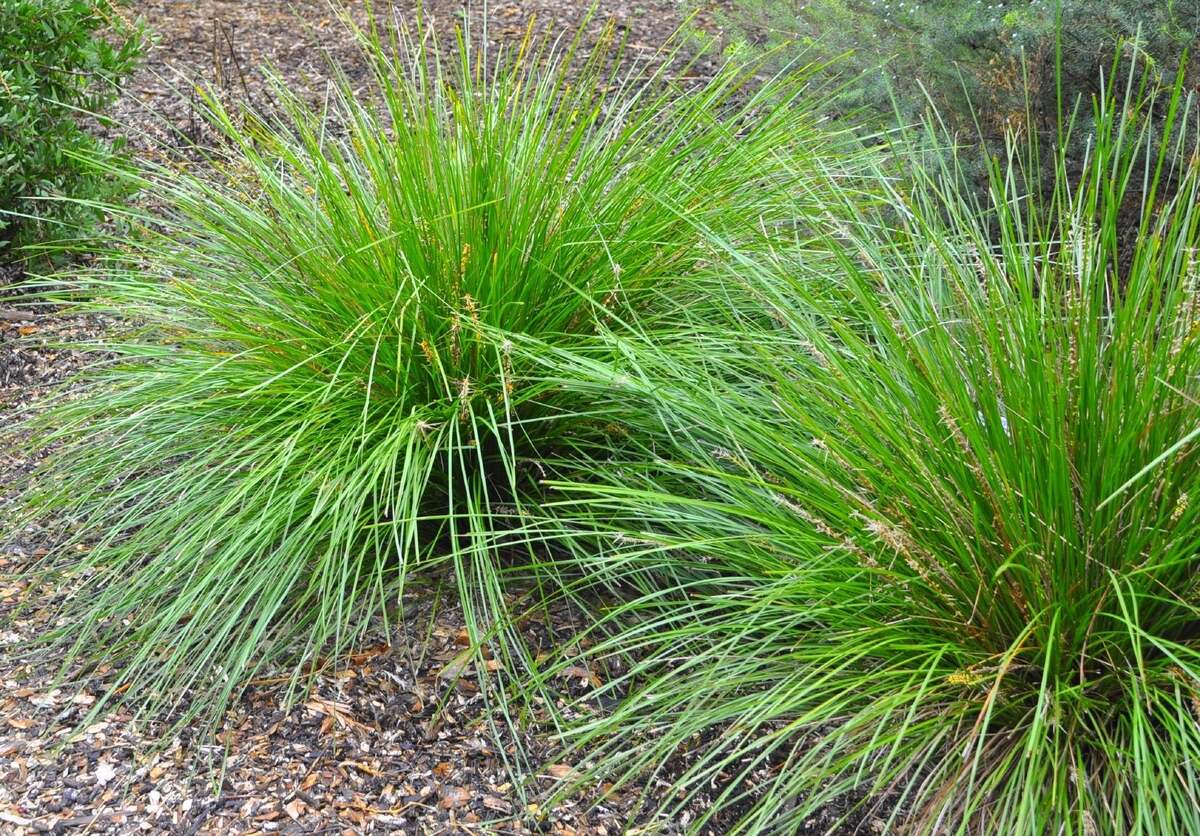
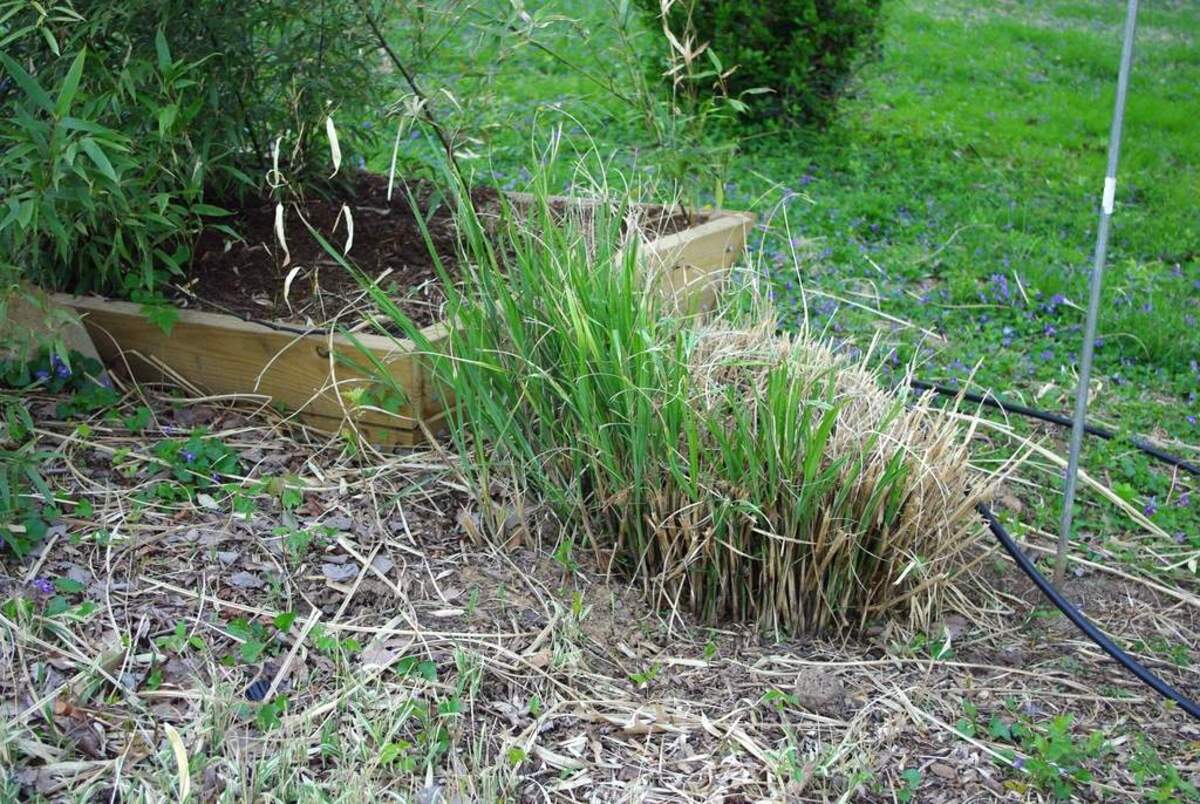
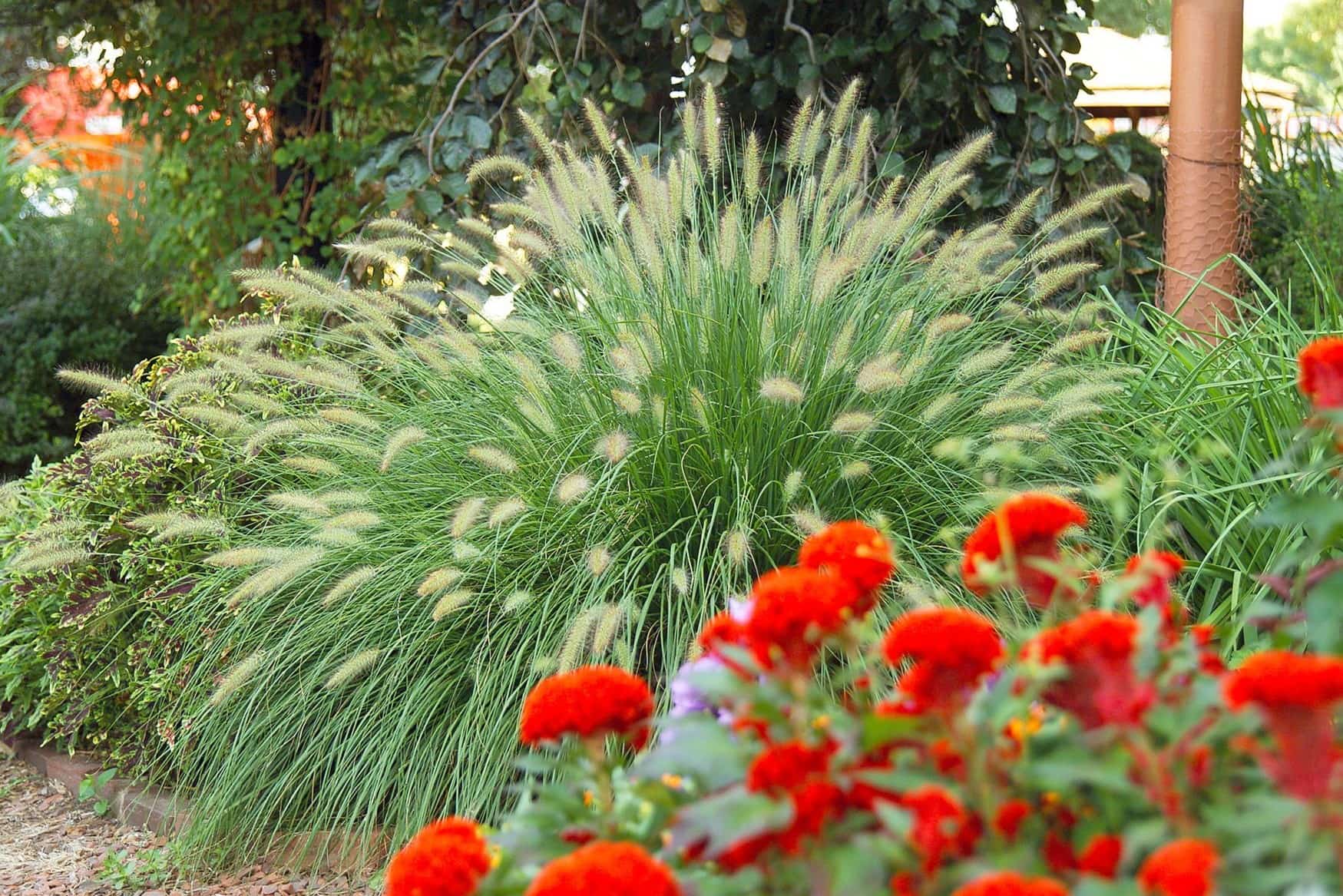
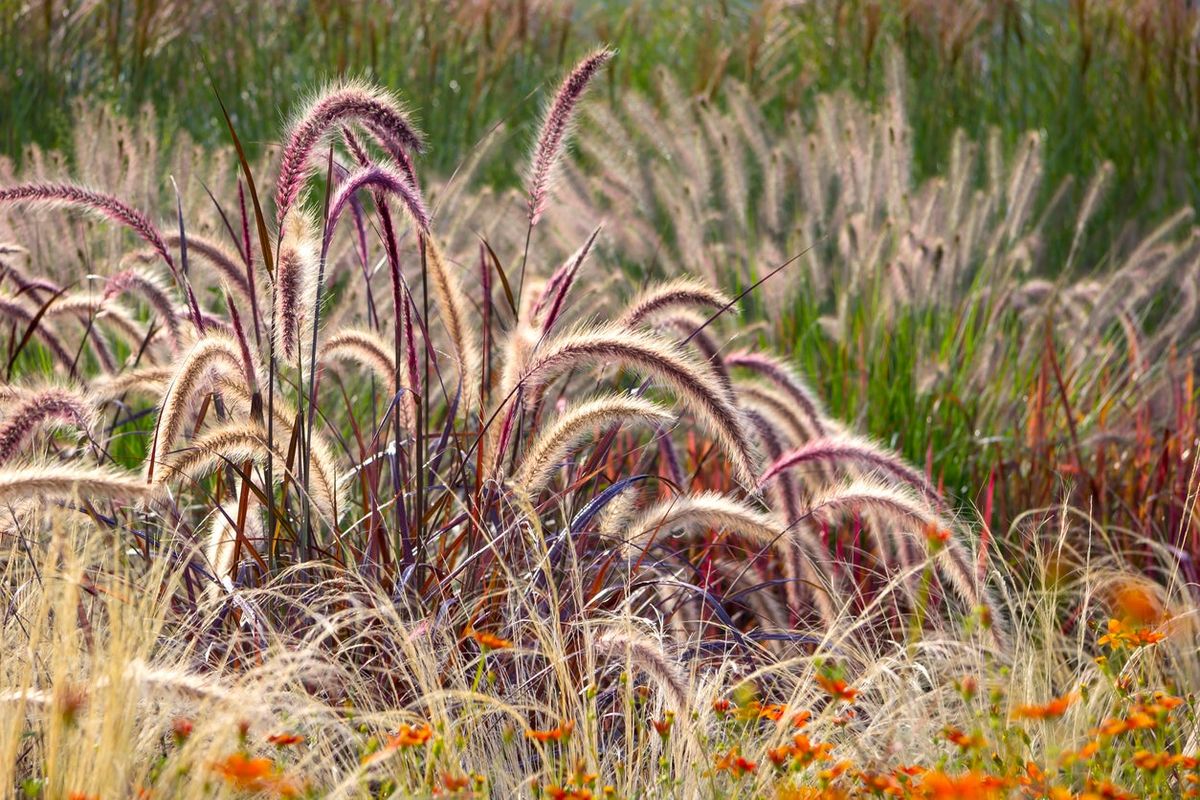
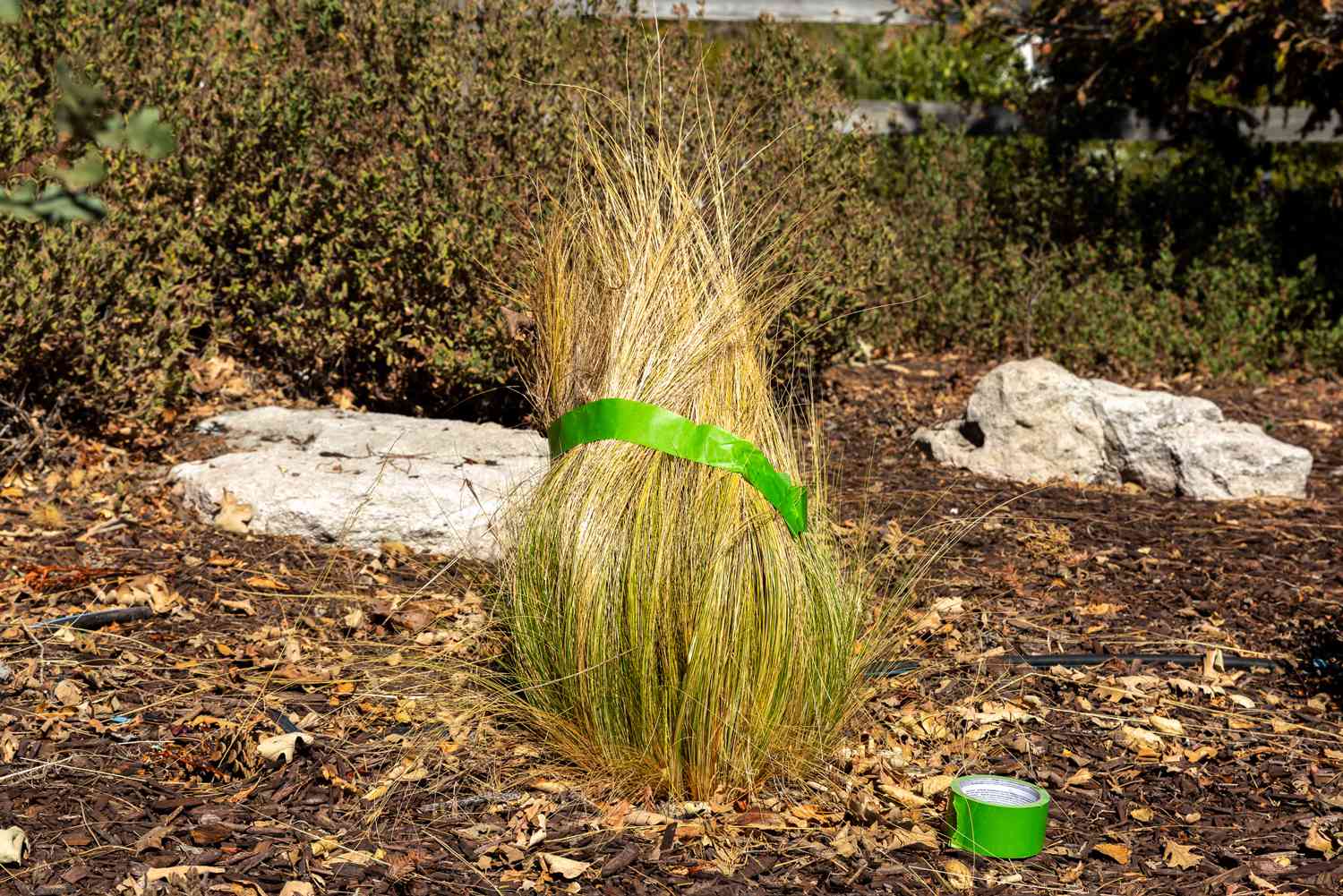
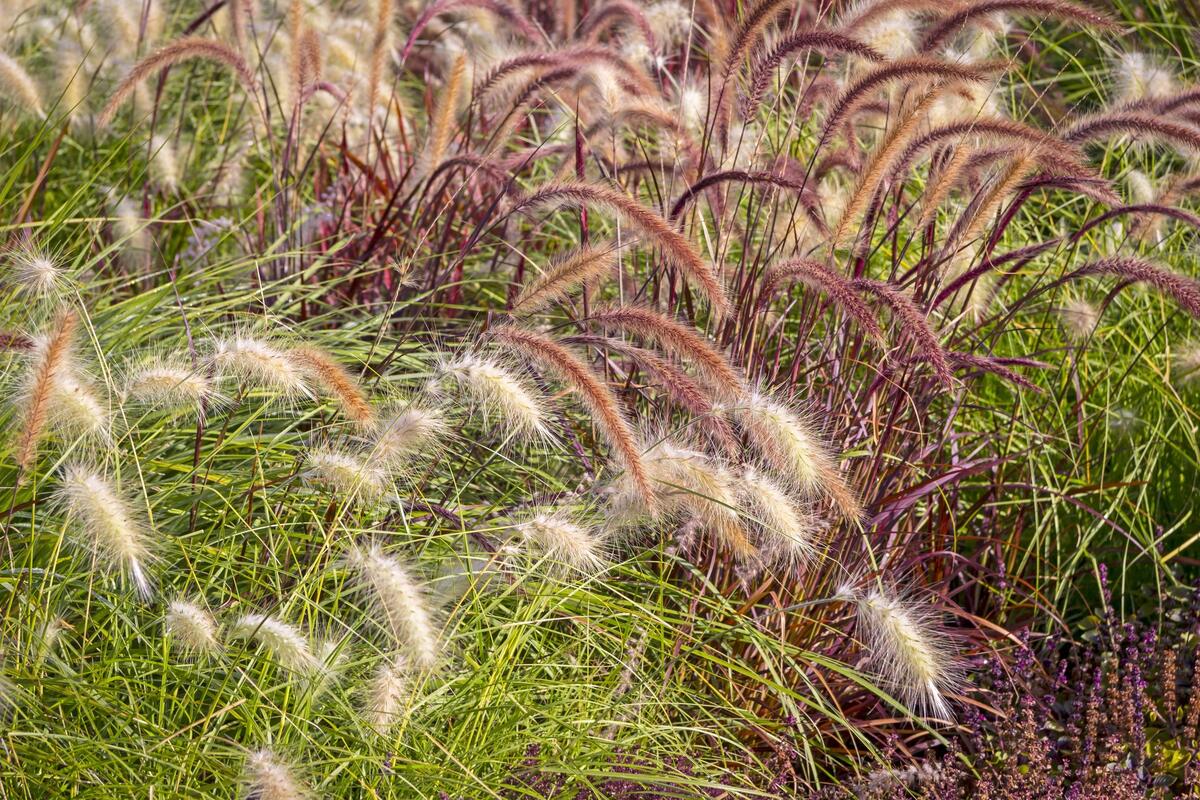
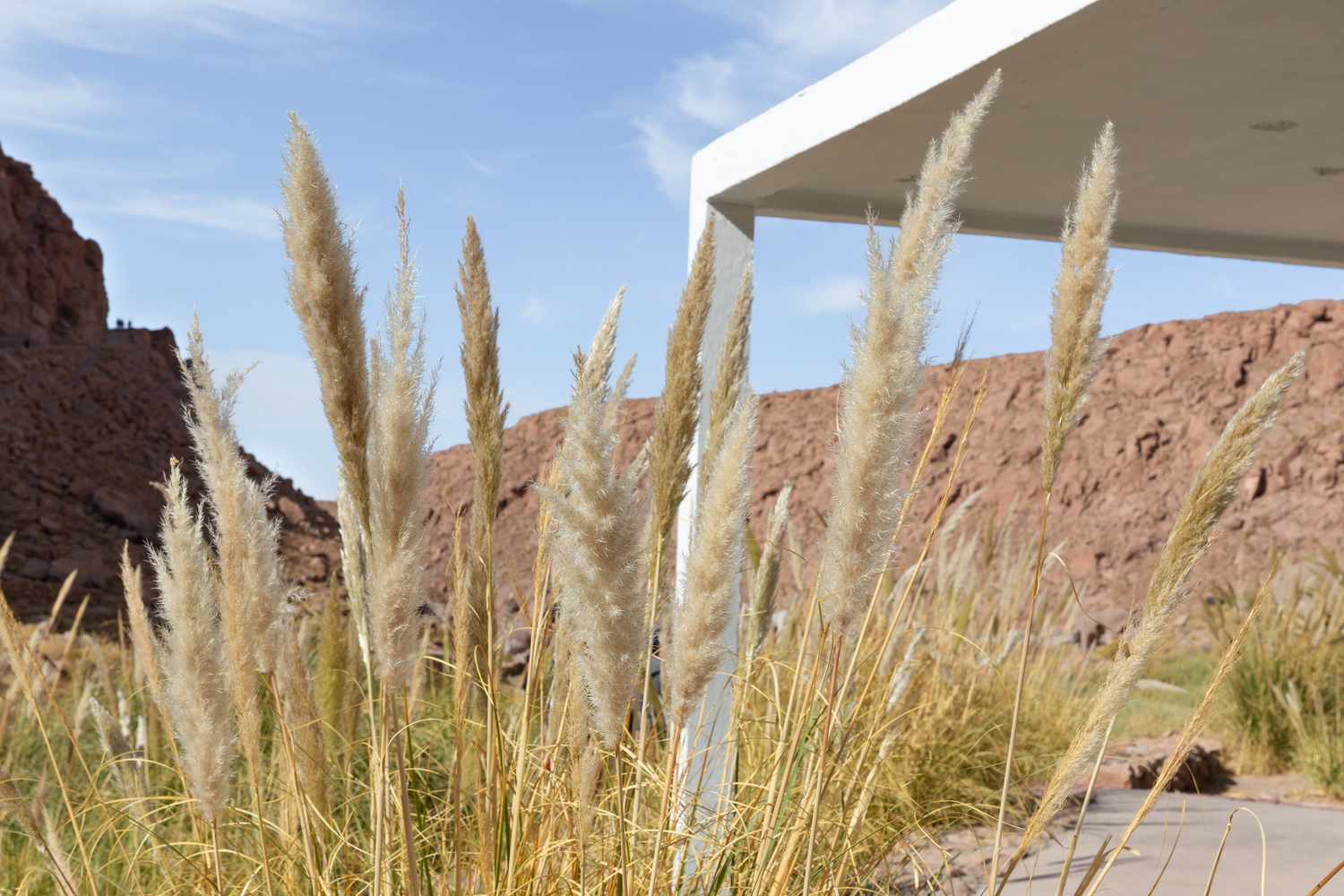
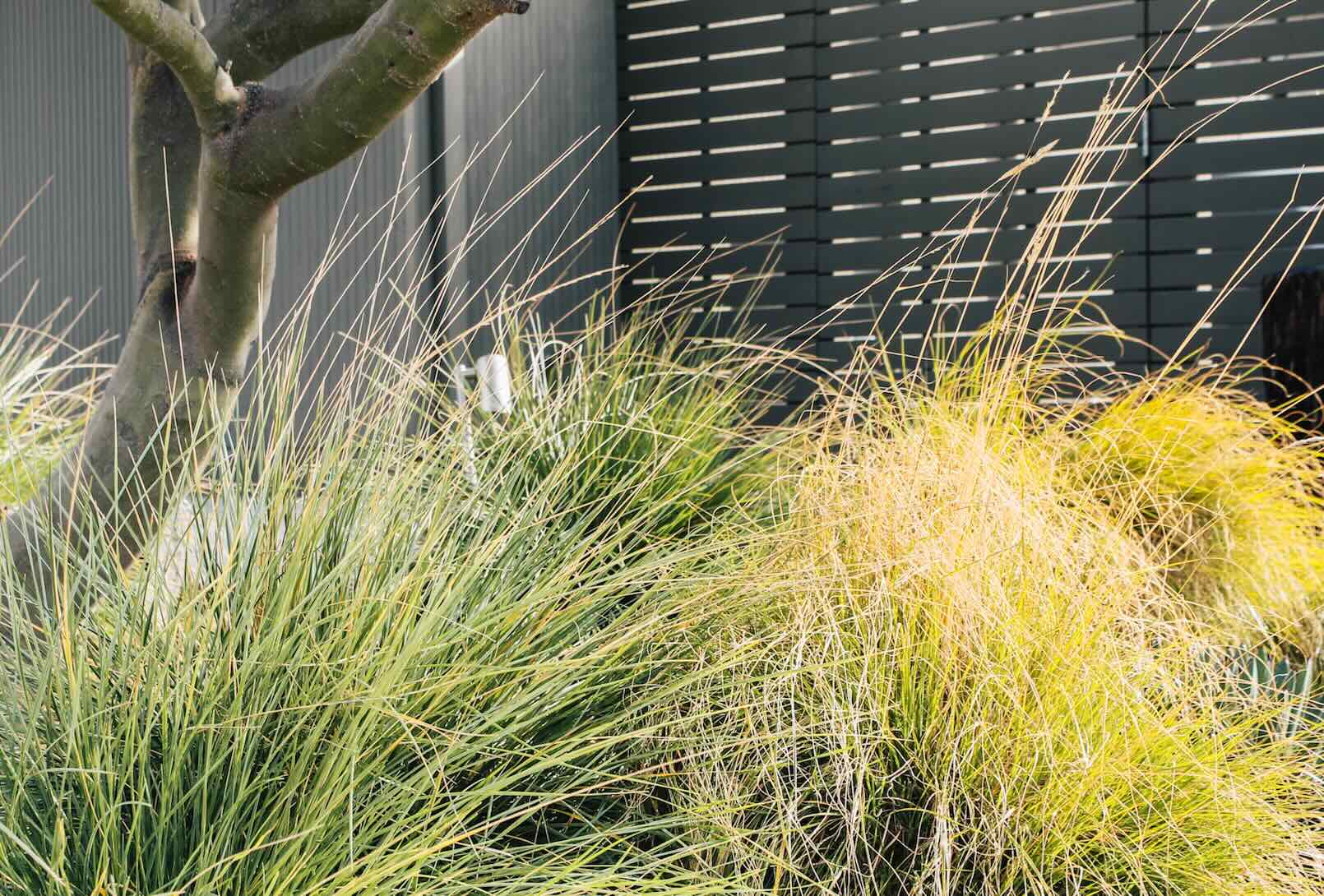
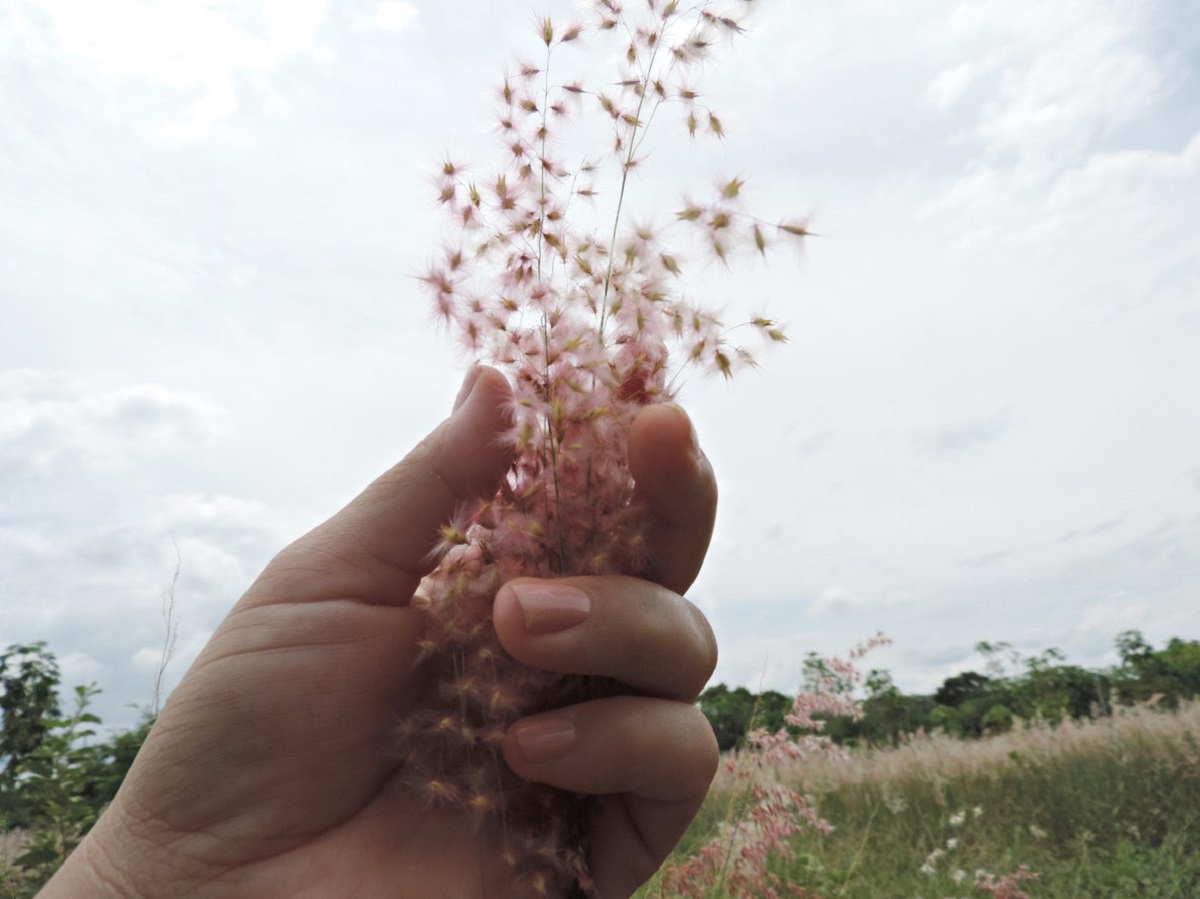


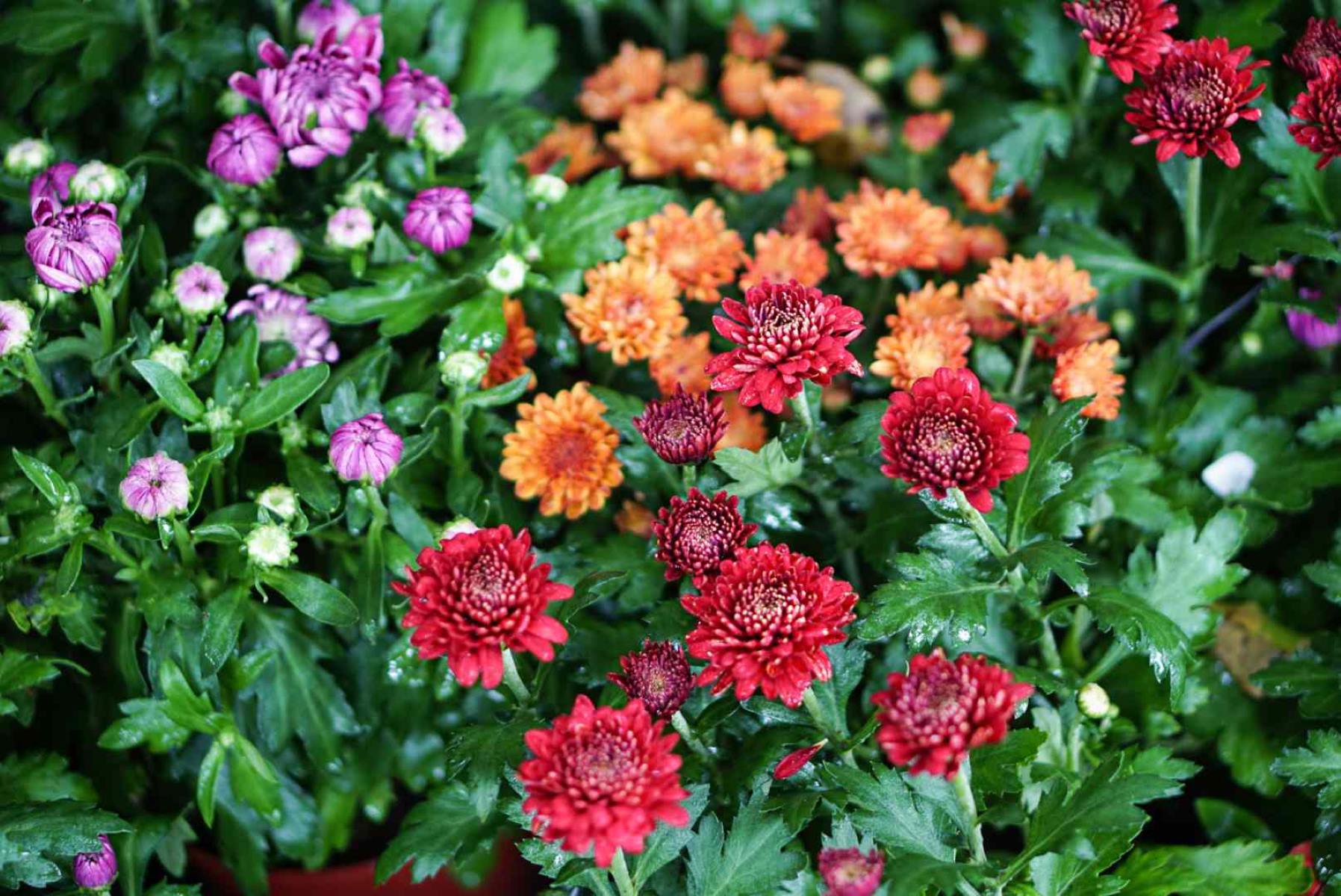



0 thoughts on “How To Revive Ornamental Grass”